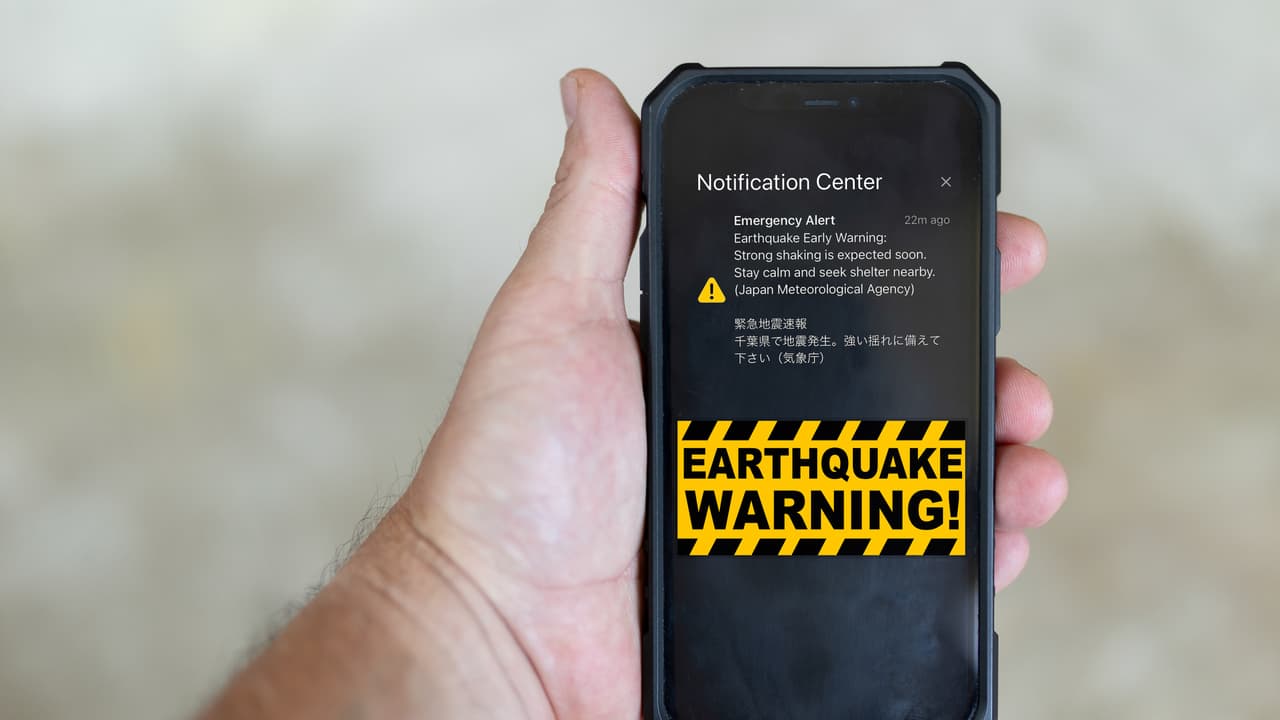A new study shows Alaska could gain 10–50 seconds of warning before major earthquakes with an early warning system, similar to ShakeAlert. Researchers say even brief alerts can save lives and protect critical infrastructure.
Imagine knowing that a powerful earthquake is about to strike—even if it’s just half a minute in advance. Those precious seconds could be the difference between safety and disaster, giving people time to take cover, stop surgeries, slow down trains, or shut off gas lines. Researchers at the University of Alaska Fairbanks (UAF) say this might soon be possible. A new study, published in the Bulletin of the Seismological Society of America, shows that Alaska could benefit from an Earthquake Early Warning System (EEWS), similar to the USGS ShakeAlert network already operating in California, Oregon, and Washington.
The findings suggest that such a system could provide communities with 10 to 50 seconds of warning before strong shaking begins. In the case of the magnitude 7.3 earthquake near Sand Point in July, people in Sand Point could have had about 10 seconds’ notice, residents of King Cove around 20 seconds, and those in Chignik nearly 50 seconds. In another simulation, a magnitude 8.3 earthquake showed that some coastal areas might gain over half a minute of warning time.
So how would it work? Earthquakes release two types of waves: P-waves (primary waves), which are fast but weaker, and S-waves (secondary waves), which are slower but far more destructive. Seismic sensors can detect P-waves almost instantly. The system then calculates the quake’s location and size, sending alerts before the S-waves arrive. In other words, the technology doesn’t predict earthquakes—it simply reacts faster than the shaking can travel.
Alaska’s need for such a system is especially urgent. The state is one of the most earthquake-prone regions in the world, with a more complex seismic environment than the U.S. West Coast. Unlike California, Alaska experiences shallow crustal quakes, deep slab events, and massive subduction zone earthquakes. This means the state requires a warning system designed specifically for Alaska’s tectonic setting.
To make it happen, researchers propose building a network of 450 seismic stations across Alaska. Currently, only 20 stations exist. Another 270 would need to be built, and about 160 older ones upgraded. The first phase, if funded, would cover Alaska’s most populated regions—Anchorage, Fairbanks, Kodiak, and Prince William Sound—home to about 90 percent of the state’s residents. Even a short alert can save lives. Students could duck under desks, doctors could pause surgeries, utilities could shut off pipelines, and trains could stop before derailment. For families at home, those extra seconds could mean the chance to drop, cover, and hold on. As researchers point out, Alaska can’t stop earthquakes—but it can prepare for them. If this system becomes reality, those 10 to 50 seconds of advance warning could turn into life-saving moments for thousands of Alaskans.
